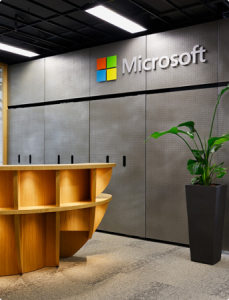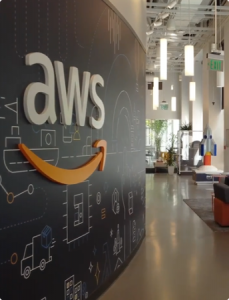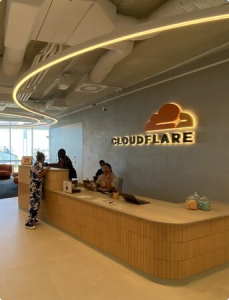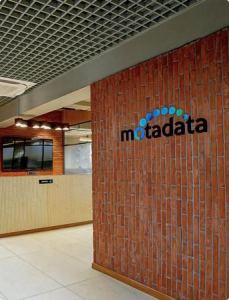Cybersecurity Strategy & Risk Alignment Claritus
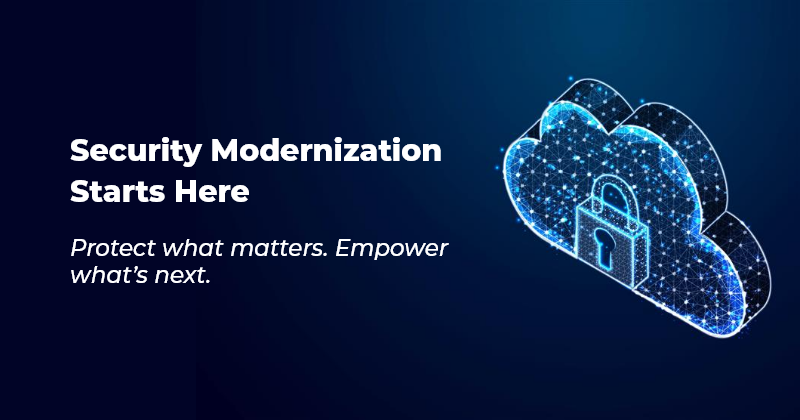
As companies increasingly adopt digital transformation, the way they think about security needs to change. Security modernization is essential—not just for safeguarding IT systems, but for ensuring security strategies keep pace with the shifting risks that come with rapid innovation. For enterprise tech leaders, this means cybersecurity must do more than block threats—it must actively support the company’s long-term goals. The real challenge is finding that balance between staying ahead of threats and clearly showing how security adds value to the business.
The Rising Gap Between Business Risk and Security Response
Cyber threats are changing so quickly that many organizations struggle to keep up. What’s even more concerning is the growing disconnect between real business risks and where companies choose to allocate their security resources. Too frequently, businesses rely on outdated technologies and fragmented defenses, hoping they will suffice against today’s complex and ever-changing threat environment.
However, relying on hope is not a plan that can maintain strong security over time.
Adopting a Risk-Based Security Strategy
To stay ahead, organizations need to adopt a risk-based approach to security—one that focuses investments where they’ll have the most impact. That means protecting the most critical assets, staying compliant with evolving regulations, and building resilience into every layer of the IT environment.
Solutions like Microsoft Defender for Cloud give security teams the visibility they need across hybrid and cloud infrastructures. By gaining clear visibility into vulnerabilities and prioritizing the most critical risks, technology leaders can make more informed and strategic choices.
Why CISOs Must Speak the Language of Business
Security leaders often grapple with the significant hurdle of gaining meaningful support from executive leadership. Cybersecurity is still frequently viewed by board members as just another IT cost, rather than a driver of business value. To change this mindset, CISOs must reshape the conversation—shifting the focus from technical tools and threats to the broader impact on business performance and risk management.
Framing Security in Business Terms
Instead of leading with technical jargon, CISOs should ask and answer the questions that matter most to business stakeholders:
- How would a ransomware attack impact customer trust?
- What are the financial consequences of non-compliance?
- How long can the business sustain a disruption before it impacts performance?
- When CISOs frame these issues in terms the business understands, cybersecurity moves from a behind-the-scenes operation to a key priority in the boardroom.
At Claritus, you can partner with security leaders to close this gap—ensuring cybersecurity strategies are tightly aligned with business goals such as risk mitigation, regulatory compliance, and sustainable resilience.
Making Smarter Security Investments by Prioritizing Risk
Security budgets are rarely limitless, which makes it essential for organizations to focus on what matters most—addressing the highest-priority risks first. By leveraging tools like Microsoft Secure Score, companies can evaluate their existing security posture more accurately and identify key areas that need enhancement.
Pairing Secure Score with Zero Trust
When paired with a Zero Trust strategy, Microsoft Secure Score forms a robust and modern approach to safeguarding access, securing critical data, and protecting infrastructure—without compromising speed or agility.
Discover how Claritus delivers Zero Trust solutions that grow with your organization.
Adopting a risk-based approach to security investment ensures that each dollar spent contributes directly to reducing real-world threats. It also gives CISOs the ability to demonstrate measurable returns on investment—an essential factor when justifying security spend to financial decision-makers or the board.
Building for the Future with Scalable Security
Security modernization isn’t just about plugging current gaps; it is about preparing for what’s next.
Flexible Architecture for an Evolving Threat Landscape
Modern security architectures need to support hybrid work, cloud adoption, and regulatory complexity. Threats in the cybersecurity landscape are changing all the time, which means businesses need a security foundation that’s flexible and built to adapt. Microsoft offers a powerful set of tools like Entra ID, Purview, and Defender for Endpoint that can help lay that groundwork.
But technology alone isn’t enough. What really matters is how well these solutions are deployed, managed, and aligned with the needs of the business.
That’s where Claritus Consulting stands out—helping organizations turn great tools into real-world results.
We work closely with enterprise clients to design and implement Microsoft-powered security solutions that not only protect but also enable digital growth.
How Security Modernization Drives Business Success
As cyber threats continuously evolve and technology advances rapidly, security modernization must be integrated into the overall business strategy rather than treated separately. Today, it’s not just about preventing breaches—it is about enabling innovation, protecting brand reputation, and giving the business a competitive edge.
For CISOs and IT decision-makers, the way forward is clear:
- Align security efforts with business risk
- Communicate the strategic value of cybersecurity
- Focus investments where they drive the greatest impact
With deep experience in Microsoft’s security tools and a clear focus on business priorities, we help organizations build strong, scalable security foundations that stand the test of time.
At Claritus, we work collaboratively with your leadership team to make sure your security modernization not only minimizes risks but also supports innovation and drives growth.
Start Your Security Modernization Journey with Claritus




